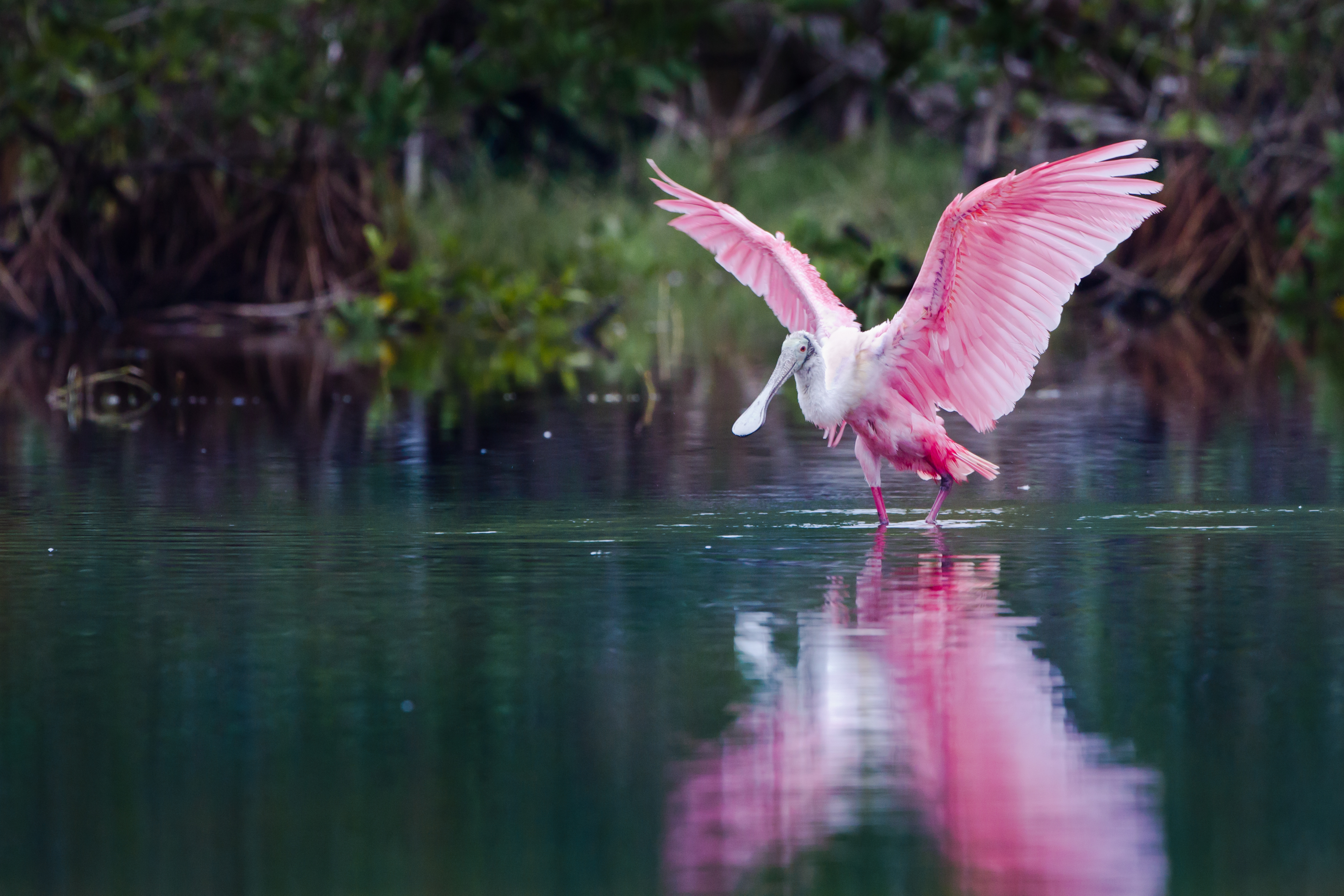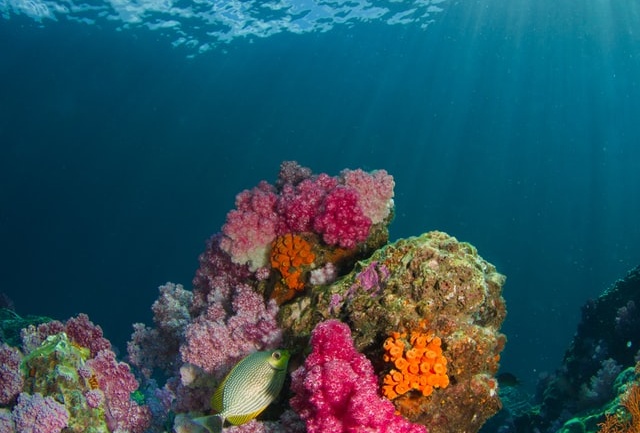By Jamera Bradley, Staff Writer and Researcher for Save The Water™| July 23, 2020
The Everglades is a vast wetland ecosystem located in southern Florida, commonly known as the “River of Grass”. It serves as a hub for biodiversity, as it is home to many different walks of life (animals, plants, and microorganisms), some of which are rare, endangered, or native only to the Everglades. However, the Everglades is facing threats of extinction because of the recent high concentrations of chemical pollutants found in the ecosystem.
What chemicals are present?
- Phosphorus
- Found in the:
- The canals that drain from the Everglades Agricultural Area
- Plant peat and collected in pore water (water found in the pores of rocks and soil)
- Microorganisms found in the peat
- Roots of aquatic plants
- Found in the:
- Nitrogen
- Found in the:
- Plant peat and pore water
- Microorganisms found in the peat
- Roots of aquatic plants
- Found in the:
- Mercury
- Found in the:
- Plant peat and pore water
- Areas with sulfur
- Air
- Found in the:
- Sulfur
- Found in the:
- Surface water of the wetlands
- Soil
- Canal discharge
- Ground water
- Found in the:

Why are these chemicals harmful?
- Phosphorus
- Normally advantageous in natural environments, the abnormally high concentration of phosphorus found in the wetlands are thought to have caused the change in the vegetation. This alters the plant species typically found in the Everglades and introduces higher quantities of sawgrass and cattail.
- Nitrogen
- Nitrogen in the form of ammonium is identified in the wetlands of the Everglades. High concentrations of nitrogen can lead to changes in vegetation and has led to the decline of Utricularia-periphyton mat (free-floating plant found in the Everglades). This higher quantity nitrogen cycle creates an environment where non-native plant species have the opportunity to thrive, while rare species are lost.
- Mercury
- Mercury was identified as an air pollutant in the Everglades. The presence of mercury in the atmosphere may cause harm to the wildlife if ingested or inhaled in large amounts. If the wildlife consume mercury, they can face a population decline, as the mercury affects reproduction, growth, and development.
- Sulfur
- Sulfur is essential in the up-cycling of Mercury, causing the high levels of mercury currently found in the Everglades. Furthermore, acid rain can form if the sulfur mixes with water and air, which will further aid in the destruction of the environment.

What does this mean for the Everglades?
The Everglades is classified as a subtropical wetland, occupying much of southern Florida. In other words, the increase in chemicals polluting the landscape can be attributed to the increase in rainfall observed over the last three decades. As a result, this increase in rainfall creates an increase in runoff and water flow, causing the large amount of nitrogen and phosphorus found in the Everglades. Pollution of this magnitude can ultimately harm the park and its natural resources. However, researchers suggest that the introduction of submerged macrophytes (plants that grow in water) could absorb the phosphorus and nitrogen contents in the water. The macrophytes, combined with increased cycling of the water, can improve the Everglades’ water quality and reduce pollution.





